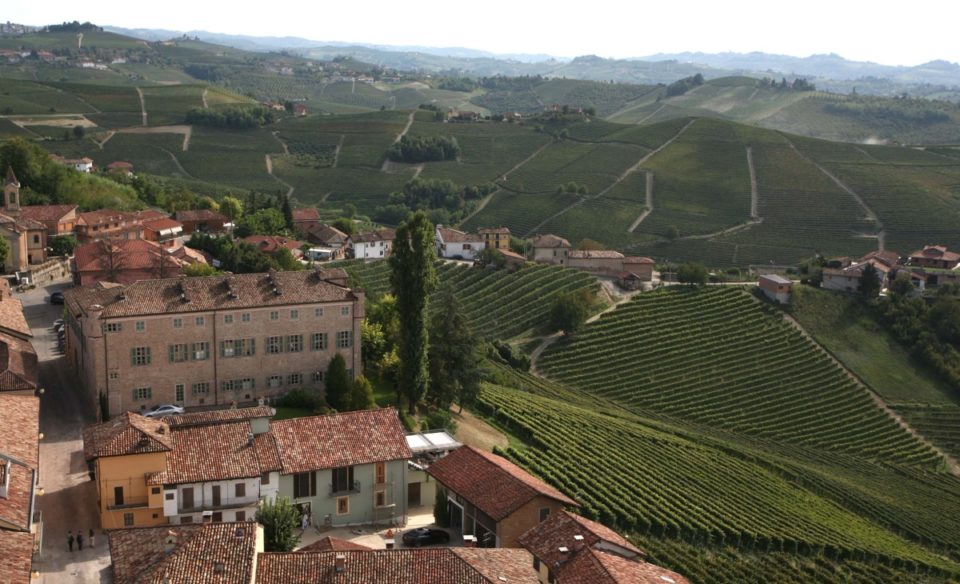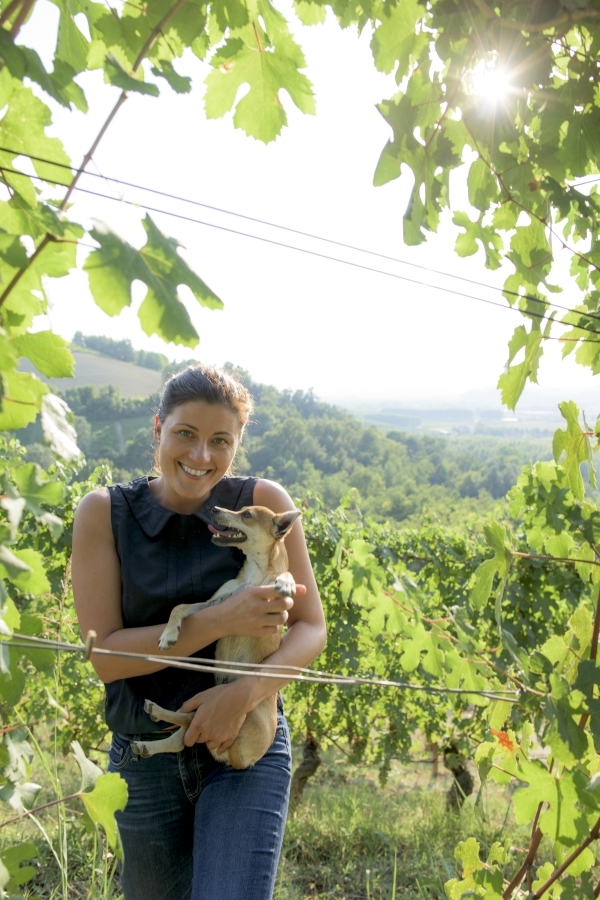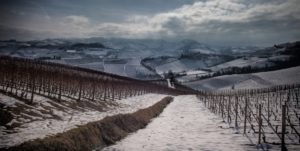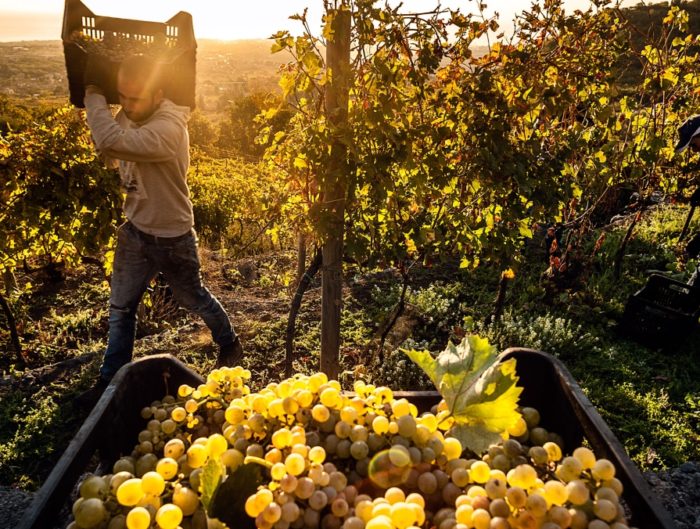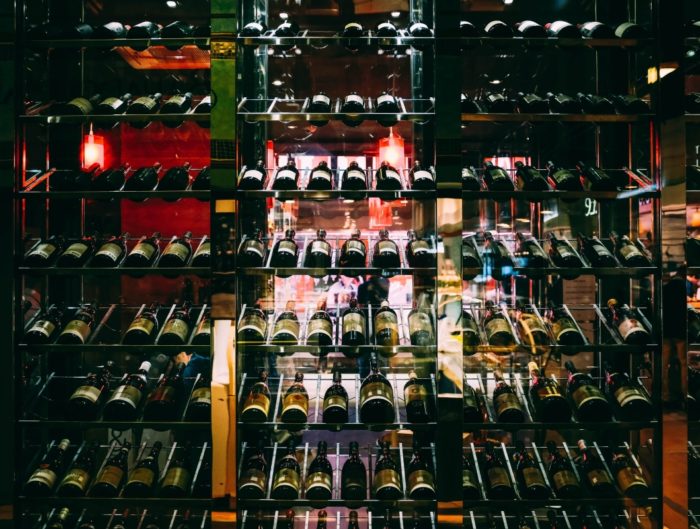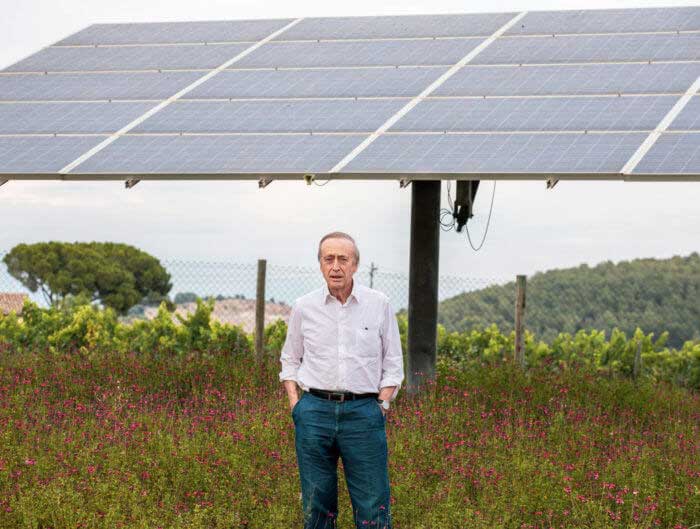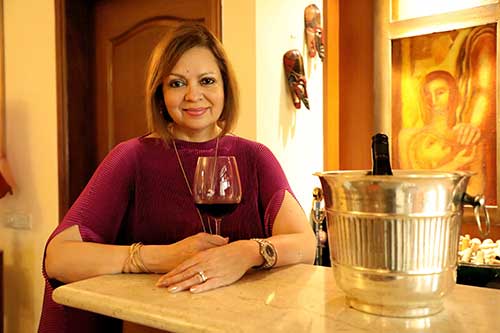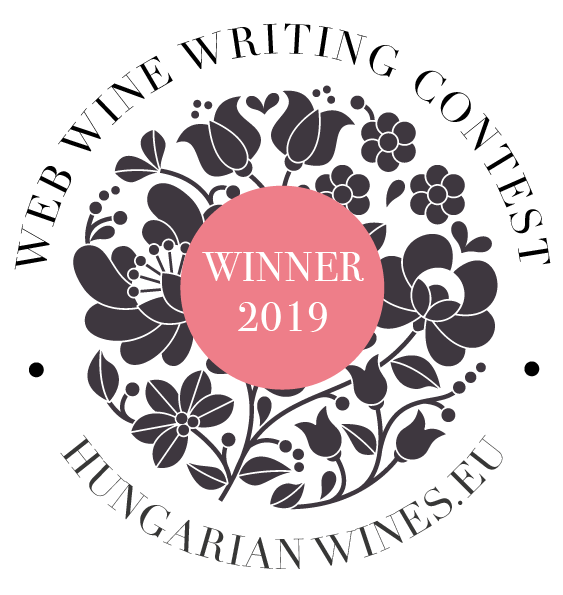‘Fire & Rain’, the very thought-provoking session on climate change and wine during Vinexpo 2017 in which Gaia Gaja participated along with Miguel A Torres and several other experts, has stayed on my mind long after the event. These leaders of the wine community sounded a clarion call about the dangers of climate change and the urgency with which it needs to be tackled.
Climate change as we know now is no fairy-tale bogeyman. It is very real and it is already affecting us in many ways. For the wine lovers among us, it will without a doubt change the wine in your glass. Not for the better. Ergo, climate change and wine and closely linked, now and in the future.
The Vinexpo session, troubling and riveting as it was, left me with a keenness to understand more. No better person to start with than Gaia Gaja, known for her passion and commitment to the cause of the world of wine.
On the heels of a visit by Gaja’s Sara Cabrele to India to promote their wines, I made contact with Gaia Gaja and broached the subject with her.
Hello, Gaia.
That was a very stimulating session on climate change and the wine industry at Vinexpo 2017 in Bordeaux.
Tell me about the biggest challenges from climate change that you, as wine producers, are facing today, and what these problems can lead to if not tackled soon.
Climate change changes the behaviour of insects, the availability of water in the soil, the dynamics of photosynthesis, the physiological processes of the vines – therefore the timing of the ripening of the grapes. All the changes require a reconsideration of all aspects (of winemaking) and a need to refocus attention on different parameters with respect to the past.
The changes we have to apply involve, among others, the way and the timing of the pruning, the height of the canopy, the timing of the harvest, the management of the grassing (grass can be managed in order to protect the soil from the sun or expose it, to attract the good insects or keep away the bad ones, to keep moist or to take away water accordingly to the different needs) and so on.
How is climate change affecting the specific grapes you are growing and most famous for – such as Nebbiolo and Sangiovese?
There are good and bad effects.
Climate change is making elegance, drinkability and mid-structured wines rarer.
In general, wines tend to be bolder, more full-bodied and higher in alcohol.
But certain (grape) varieties are struggling more than others, as we get more frequent warmer summers and falls compared to the past, and early ripening varieties are struggling more with the hot temperatures of the summers. While warmer falls have contributed to a more consistent quality and full ripeness of late-ripening red grape varieties such as Nebbiolo and Sangiovese.
Climate change is also seeing a drop in wine production in many regions worldwide. Please explain the far-reaching effects of climate change for us all.
2017 has been a vintage of thermal stress, with very cold temperatures in spring (frost has been a problem in many regions) and extremely hot and dry months in summer which led to very small bunches and berries on the vines. As a result, the average quantity produced in Italy in 2017 dropped by 30% compared to the previous year. This scarcity can lead to a price increase.
You mentioned once that your “focus has moved from the vines to life in the vineyards.” How will this alter the wine in our glass?
A vineyard is a community of different vines that, like individuals of a community, need to eat well, live in a healthy environment and have a great social life in order to live a happy, long life! Cultivating biodiversity is a way to facilitate the quality of their life. A wine is a memory of a place, of a vineyard, so I am looking for more vibrancy, harmony and therefore pleasantness and longevity in the wines we make.
Gaja has been working with vineyard consultants – entomologists and botanists – to help keep the vineyards balanced. Has this helped, and if so, how much?
The entomologist, botanist, geneticist and microbiologist all contribute by giving us a better understanding of the elements that compose the biodiversity of our vineyards. Their know-how gives us a sensibility toward all the elements and therefore enable better care of details.
Natural wines are a growing trend worldwide. What are your views on whether winemaking based on these principles can help with the climate change and wine issue in any way?
I find “natural” a bit confusing as a term. Wines are more cultural than natural, meaning that wine is not made by nature but it’s an interpretation of nature. The main factor is the sensibility, the attention to detail and tastes of the people behind the wines.
Our interpretation of nature involves decisions about which part of nature to favour. Winemaking for us means protecting the wine, avoiding oxidation and prevarication of bacteria.
On a different note – a question about Italy’s white wines – always in the shadow of Italy’s famed red wines. There’s no better person to tell us more. Give us some insights and tips on your favourites and which grapes to look out for…
Verdicchio, Fiano d’Avellino, Cataratto, Carricante, Grillo, Ribolla Gialla…are just some of my favourite Italian white varieties, produced today completely in a different and better way compared to the past, and all showing a great ageing potential as well.
There are also several exceptional examples of international varieties such as Chardonnay and Sauvignon Blanc.
Gaja is as famous abroad perhaps as in Italy. Some thoughts on new markets like Asia and what part they (including India) play in your future plans?
Our most historic markets continue to be the most important because of the deep and long-time connections we have there. But travelling to India and all over Asia is always incredibly inspiring and refreshing. There are wonderful niches of passionate wine lovers all over the world, growing there as well. I look at these new markets with great respect and admiration.
Gaja is among the top wine brands available in India, from Italy.
Check with your local retailer for availability and stocks.

